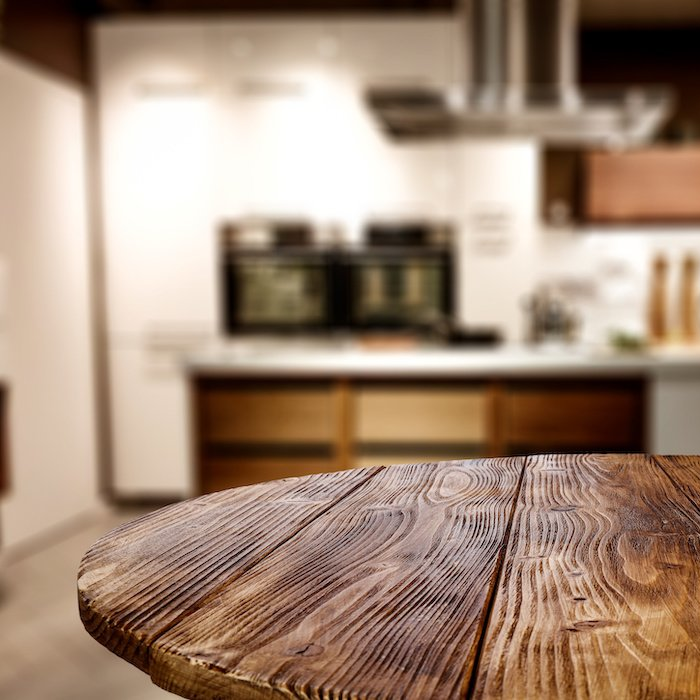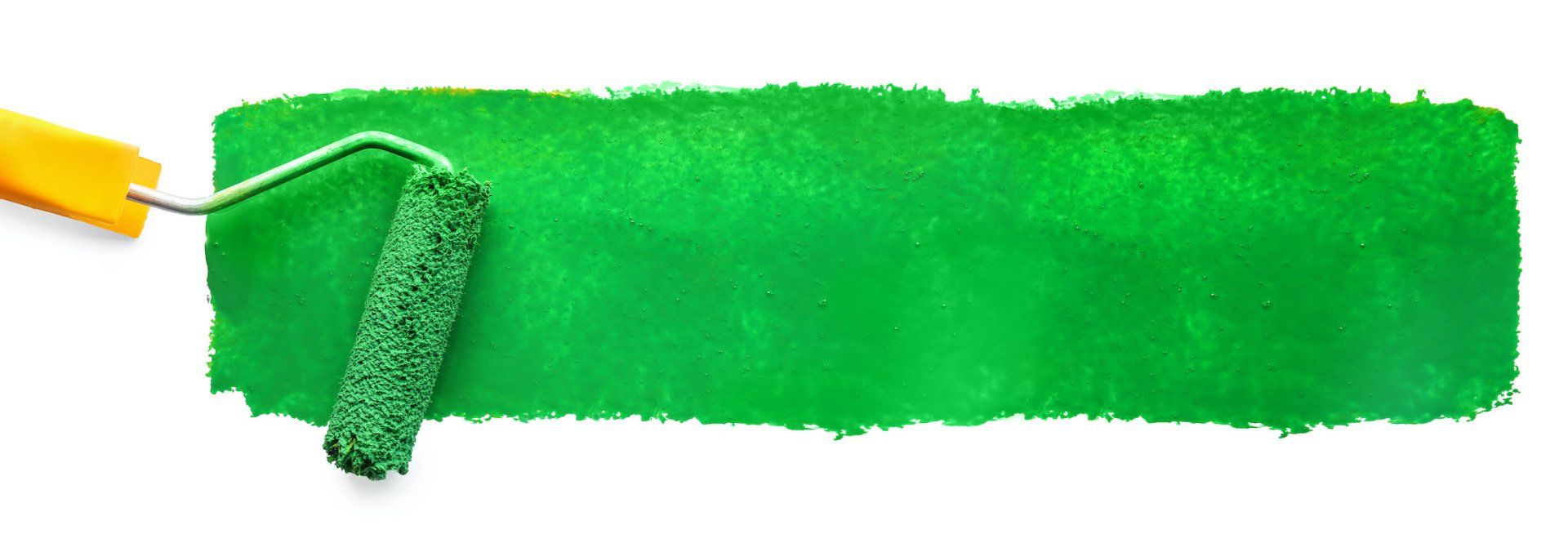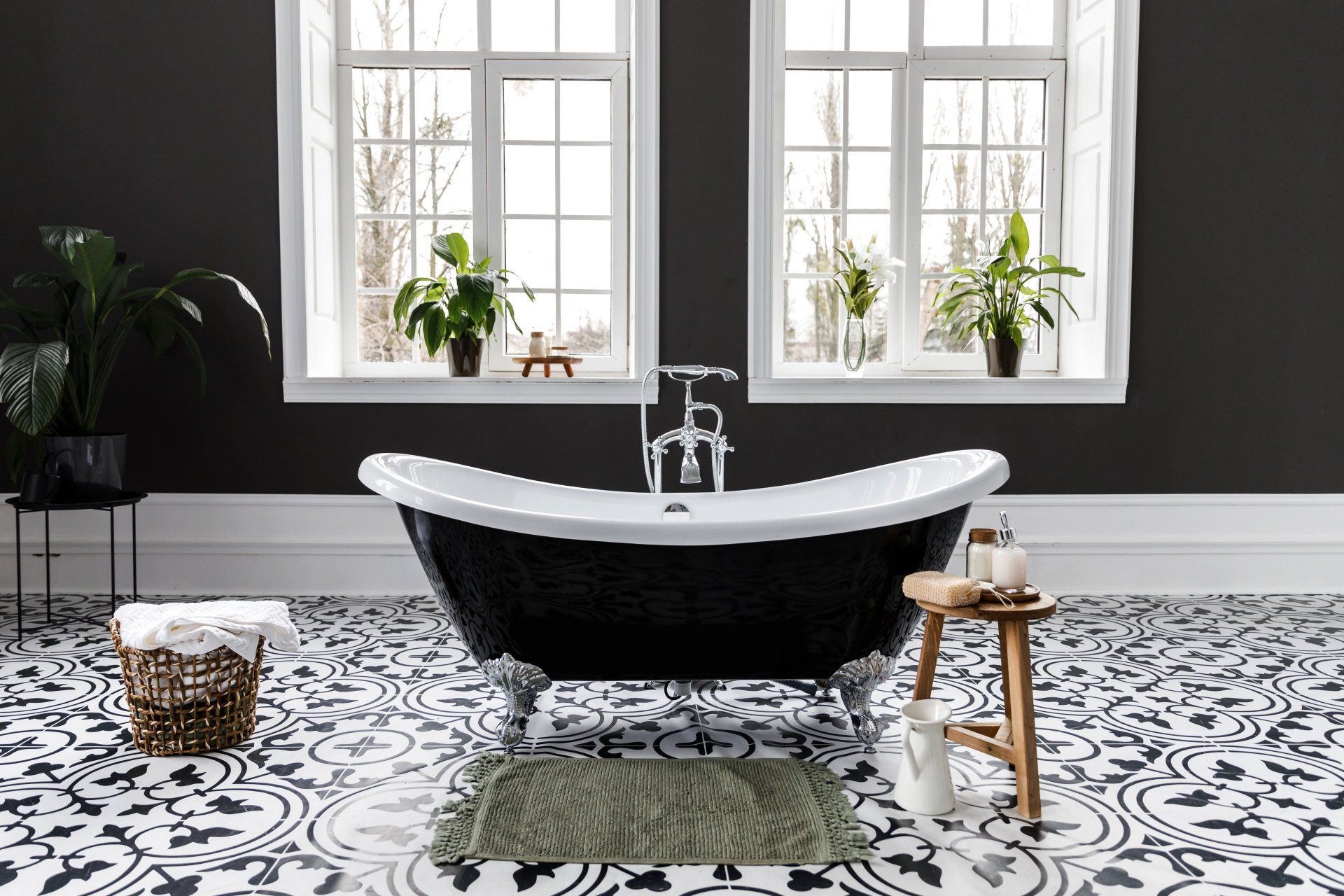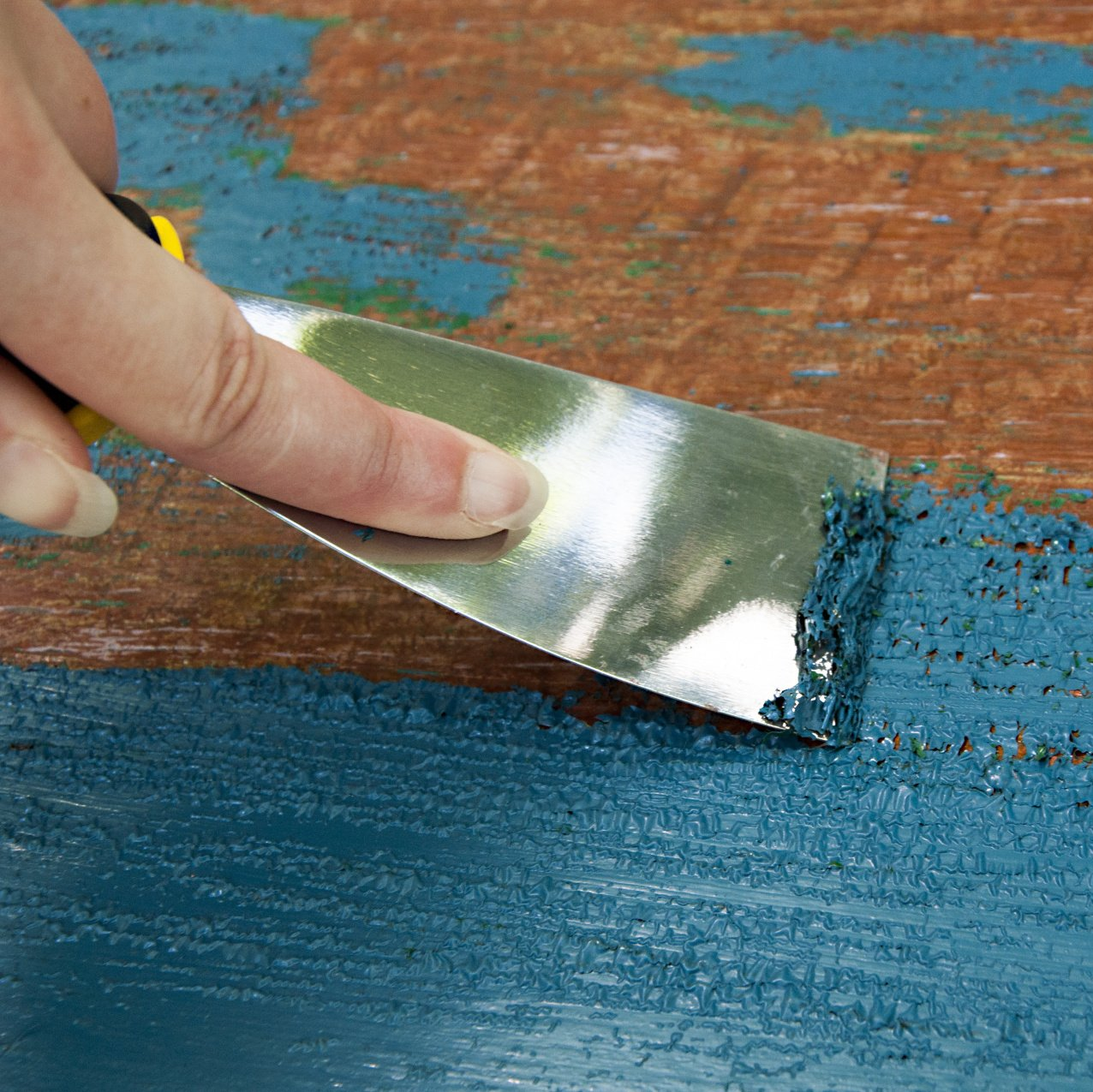Choosing a Paint Color for a Room with Little Natural Light
Sam Lutz • August 19, 2014
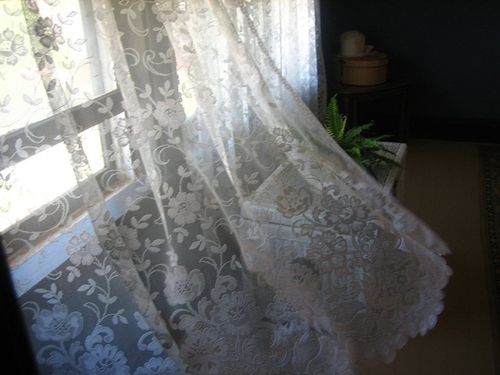
When it comes to painting spaces with little or no natural light, many people assume that light paint colors are the best option. The reality is, light colors painted in dark spaces (and this is especially true of colors like white and cream) often come across as oppressive, flat and dull.
To brighten a dark space, the best paint color may be the least expected. Follow these tips to make the most of rooms with a northern exposure or spaces with few windows.
Saturated Colors Brighten Spaces
Saturated hues are those colors that have not been mixed with black or white. They are pure and intense. Highly saturated colors, like apple reds and mustard yellows, come across as cheerful, bold and visually rich.
Painted in a room without much natural light, saturated colors will usually distract from the lack of light by creating a source of warmth and depth. Saturated colors also have a brightness that may act as a substitute for natural light. Check out this website
to see a few examples of how highly saturated colors can be used to brighten a low-light space.

Darker Colors Absorb Shadows
One of the problems with low-light rooms is the overwhelming presence of deep, dreary shadows, and unfortunately, dark shadows contrast sharply against light colored paint. In other words, dark shadows are more obvious in rooms with light colored walls. Darker paint colors, like deep browns, rich reds and eggplant purples, have an ability to absorb shadows and obscure the edges, making it difficult to tell shadows are there at all.

Warm Colors vs. Cool Colors
Dark rooms, especially rooms with a northern exposure, often have a cool, bluish quality. When coupled with a cool paint color like a blue, purple or green, these rooms often end up seeming even colder and darker.
Warm colors, like oranges, reds and yellows, make dark rooms seem more vibrant, lively and inviting. Even warm shades of gray will work well in a dark space. These pictures
on Houzz really illustrate this point.
Tips
- Paint samples can help you choose the right color: You may be nervous about painting a dark, saturated color in an already dark room. To alleviate your fears, buy paint samples of your top choices and paint large swatches of each color on the walls of the room. Observe the paint swatches over the course of several hours, to get an idea of how those paint colors look at different times of day.
- Don’t be afraid to take risks: Paint isn’t permanent. If you don’t like the color you choose, you can always paint over it.
- Don’t rely on paint alone to brighten a dark room: Use lamps and mirrors to bounce light around.
More often than not, the best paint colors for dark spaces will be saturated, warm and somewhat dark. Think earthy brown, gentle red
and bright orange. Avoid institutional colors like white and cream. Need more advice? Stop in at Ace Paints and Unfinished Furniture, located in Pittsburgh and McMurray. We love being involved in the painting process and welcome any opportunity to help our customers.
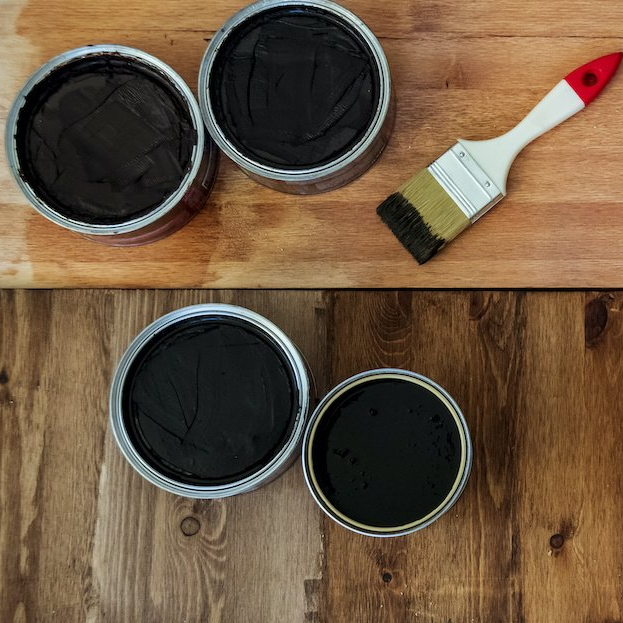
One of the wonderful things about good wood furniture is that it doesn’t have to be merely functional. It can be beautiful as well. We’ve seen some amazing pieces made with wood stains that are more than just furniture, they’re works of art. So if you’ve got an old table, desk or other piece of wood furniture that needs jazzed up, why don’t you consider using some of our great stains to try one of these ideas.

